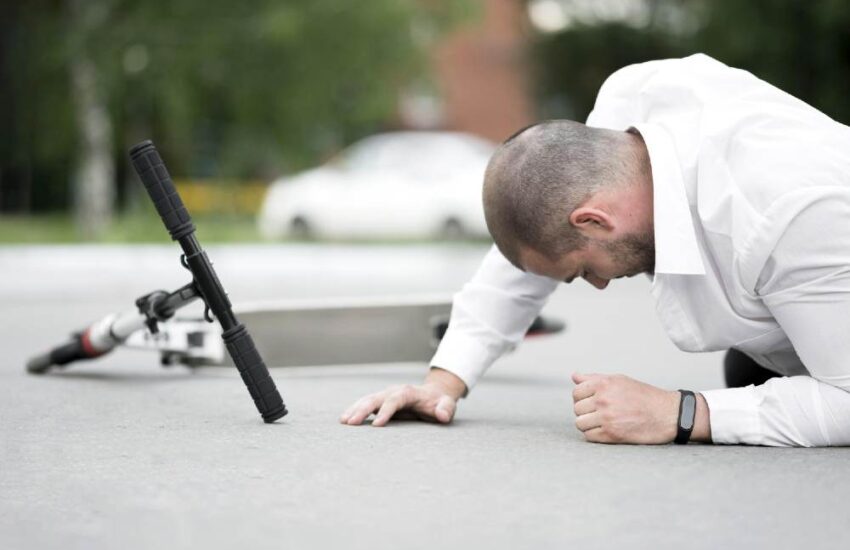What to Do After Getting Injured: A Quick Guide
Injuries can be a significant setback, whether they occur during sports, daily activities, or accidents. The recovery process can be daunting, but with the right approach, you can expedite healing and return to your normal routine.
This guide will provide you with seven essential steps to take after getting injured, ensuring a holistic recovery that addresses both physical and mental health.

Rest and Protect the Injury
Rest is crucial immediately after an injury. Avoid putting weight or stress on the injured area to prevent further damage. Use protective measures like braces or splints to immobilize the injury and allow it to heal properly.
Elevate the injured area to reduce swelling and pain. Keeping the injury elevated above heart level can help minimize inflammation and promote faster healing. Remember, rest is the foundation of recovery.
Apply Cold and Heat Therapy
Cold therapy is beneficial in the initial stages of an injury. Apply ice packs wrapped in a towel to the injured area for 15-20 minutes every few hours. This helps reduce swelling and numb the pain.
After the first 48 hours, you can alternate between cold and heat therapy. Heat therapy, such as warm compresses, can help relax muscles and improve blood flow to the injured area, aiding in the healing process.
Follow a Nutritious Diet
Nutrition plays a vital role in injury recovery. Incorporate protein-rich foods like lean meats, fish, and legumes to support muscle repair and growth. Protein is essential for rebuilding damaged tissues.
Include anti-inflammatory foods such as berries, leafy greens, and fatty fish in your diet. These foods help reduce inflammation and promote faster healing. Staying hydrated is equally important, so drink plenty of water throughout the day.
Engage in Low-Impact Exercises
Once the initial pain and swelling have subsided, start incorporating low-impact exercises. Activities like walking, swimming, and cycling can help maintain cardiovascular fitness without putting excessive strain on the injured area.
Focus on exercises that improve flexibility and range of motion. Gentle stretching and yoga can aid in restoring mobility and preventing stiffness. Always consult with a healthcare professional before starting any exercise regimen.
Seek Professional Guidance
As this Personal Injury Lawyers is suggesting, consulting with a healthcare professional is essential for a proper diagnosis and treatment plan. A sports medicine doctor or physical therapist can provide personalized advice and exercises tailored to your specific injury.
Follow their recommendations diligently. Regular check-ups and adjustments to your recovery plan can ensure you are on the right track and prevent complications.
Manage Pain and Inflammation
Over-the-counter pain relievers can help manage pain and reduce inflammation. Nonsteroidal anti-inflammatory drugs (NSAIDs) like ibuprofen can be effective in the short term.
However, avoid relying solely on medication. Incorporate natural pain management techniques such as mindfulness, meditation, and deep breathing exercises. These methods can help you cope with pain and reduce stress.
Maintain Mental Health
Injury recovery can be mentally challenging. Feelings of frustration, anxiety, and depression are common. Acknowledge these emotions and seek support from friends, family, or a mental health professional.
Engage in activities that bring you joy and relaxation. Reading, listening to music, or practicing hobbies can help maintain a positive outlook. Remember, mental well-being is as important as physical recovery.
Conclusion
Recovering from an injury requires a comprehensive approach that includes rest, proper nutrition, professional guidance, and mental health care. By following these seven steps, you can promote faster healing and return to your normal activities with confidence. Always listen to your body and consult with healthcare professionals to ensure a safe and effective recovery process.


